
History of Rajkot
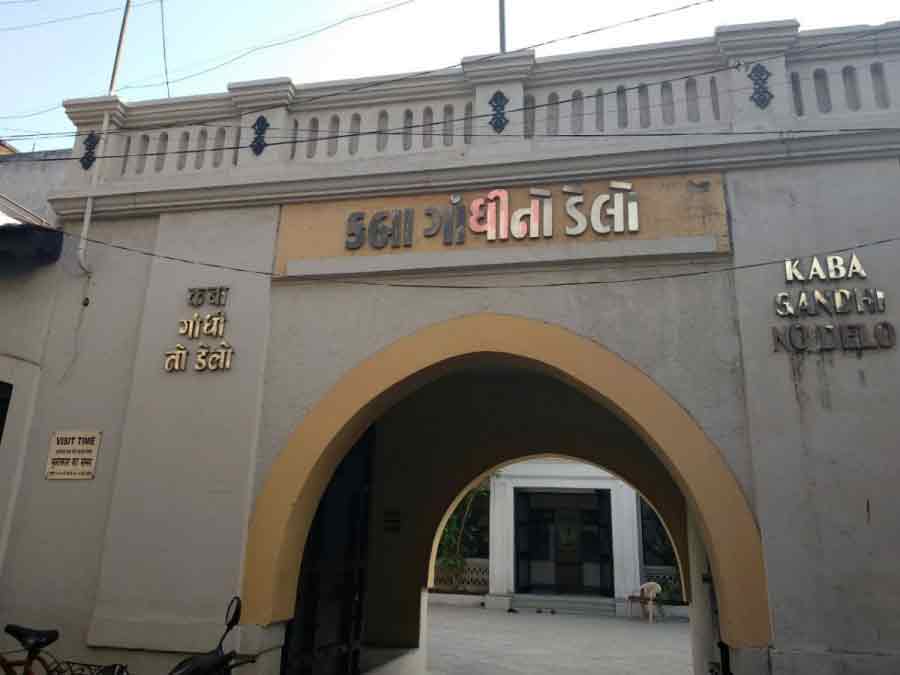
History of Rajkot
Rajkot is the 4th largest city in the state of Gujarat, India. It is the 28th urban agglomeration in India. Rajkot is ranked 22nd in the world’s fastest growing cities and urban areas from 2006 to 2020. Rajkot is a city of Gujarat state and administrative headquarters of the Rajkot District, located on the banks of the Aji River and Nyari River. Rajkot was the capital of erstwhile the Saurashtra state from 15th April, 1948 to 31st October, 1956 before merging in bilingual Bombay state on 1st November, 1956. It was merged into Gujarat state from bilingual Bombay state on May 1, 1960.
Rajkot is famous for being an important industrial centre for the state of Gujarat. It is well known for its abundance of gold and silver, and for its textile expertise. The city is also a major exporter of Diesel Engines, Watch Parts and Bearing equipments. Moreover it is also recognized for its connection with Mahatma Gandhi. Also the city is immensely popular for hosting the International Kite Festival.
Kaba Gandhi No Delo
This is the house where Gandhi (Kaba Gandhi) lived while in Rajkot, serving as Diwan (Prime Minister) to the King. Gandhiji himself spent a few years of his early life here from 1881 to 1887. This is a typical Saurashtra ‘dela’ type house with a central approach from an arched gateway. It was built in 1880-81 A.D. Today, the lace houses an interesting photo essay of his life.
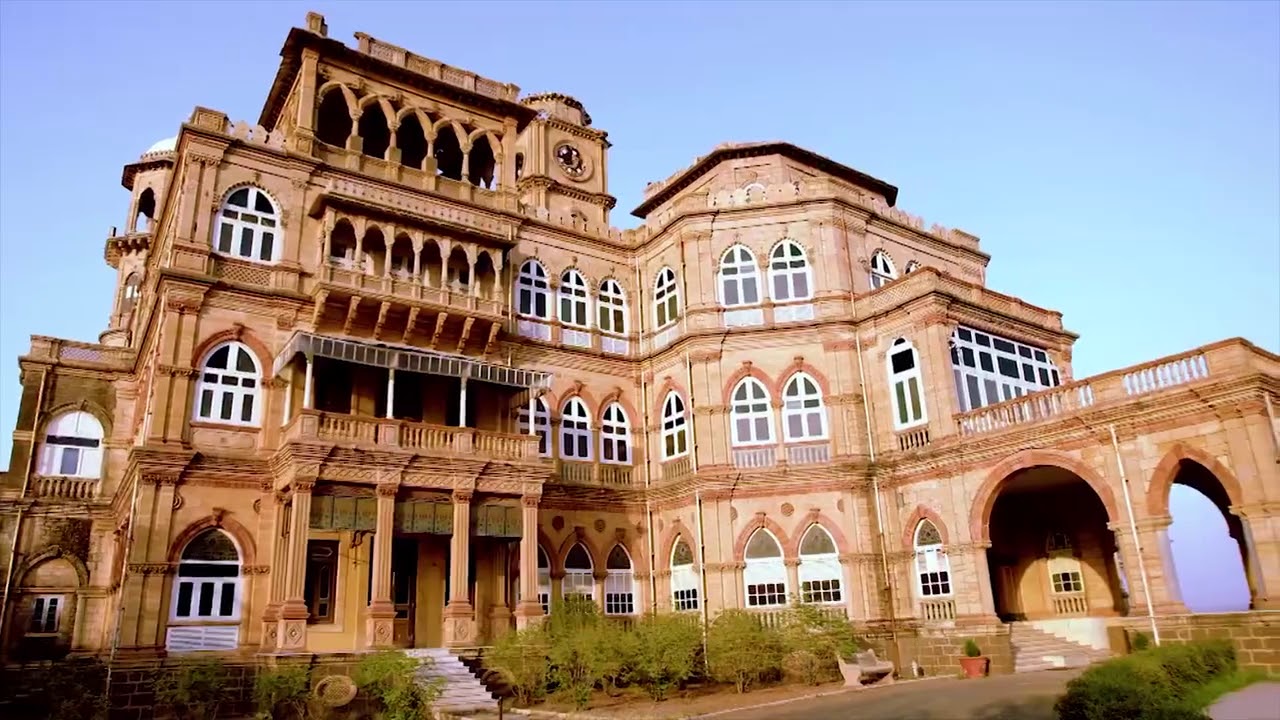
Ranjit Vilas Palace
The city palace was built during the rule of Bavajiraj in 1877 A.D. out of providing relief to the citizen due to famine in that year. It’s a fine building in lime stone with gothic arches. The furniture inside the palace is worth a visit.
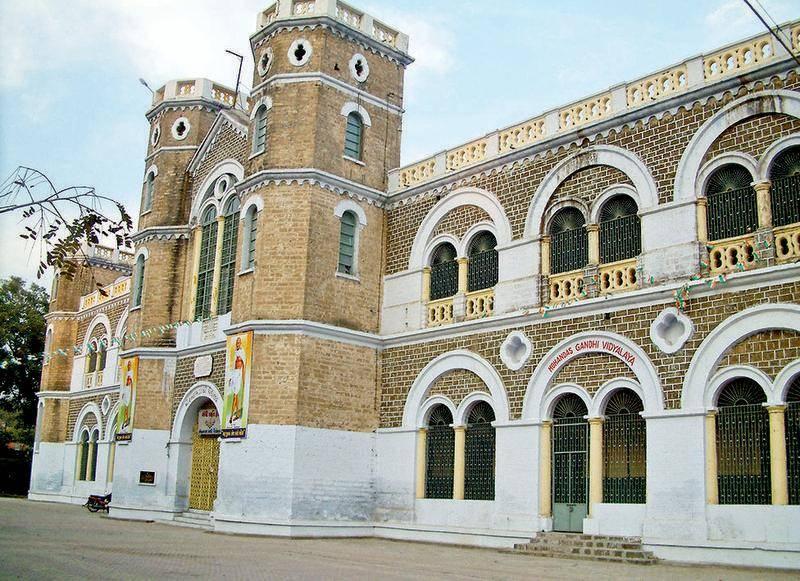
Alfred High School
Alfred High School, Originally called ‘Rajkot English School' it was established on 17th October 1853. By 1868 A.D. it became a full fledged high school and came to be known as the Rajkot High School in 1886. It was named Alfred High School in the late 1907. The present buildings of the Alfred High School were built for kathiawar by H.H. the Nawab of Junagadh in memory of H.R.H. the Duke of Edinburg. This School was opened in January 1875 by H.E. Sir Philip.
KCB, and Governor of Bombay. The architect of this imposing structure was Robert Bel Booth.
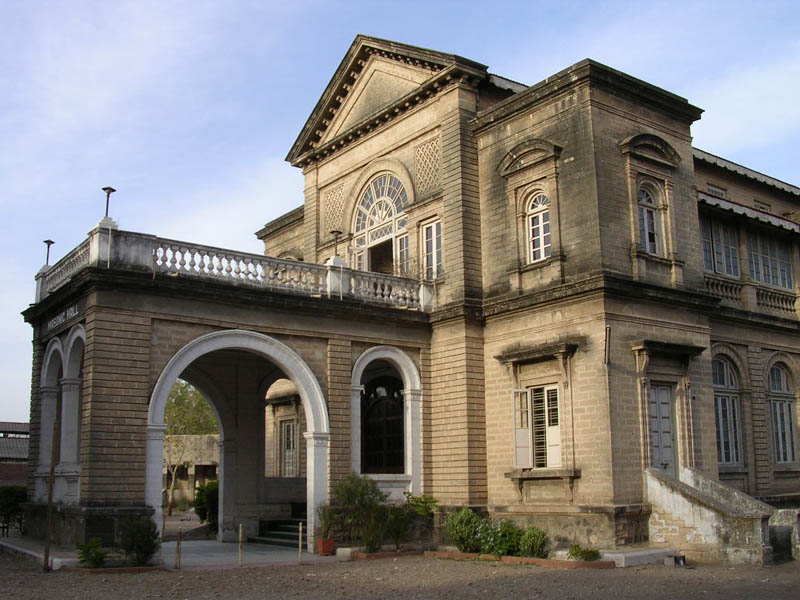
Masonic Hall
The Masonic Hall House, houses the Free Mason’s lodge. It was called ‘Lodge Kathiawar’. The building of this lodge was built on 1st January 1906. It was inaugurated in September 1906. At that time, the Honorable Sir Lawrence Hugh was the District Grand Master of Bombay. Mr. H.S. Davies, was the architect of this building.
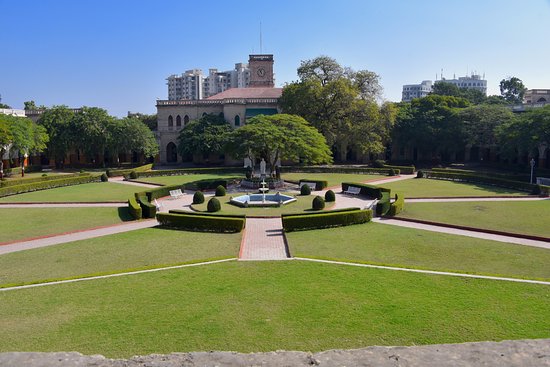
Rajkumar College
Established by Col. Keating, British Political Agent in 1868, it imparts education upto the higher secondary level. The main aim of establishing this college was to teach the princes’ to rule their state better in future when they became King. In 1938, it became an open institution. The Rajkumar College (also known as RKC) in Rajkot is one of the oldest K-12 institutions in India today. RKC has a 26 acre campus located in the heart of Rajkot City. Most of buildings are built in the Indo Gothic. The Bhavsinhji Hall is worth a visit. It houses large oil paintings of the princes’ who studied there. The foundation stone was laid in 1868 and college was formally opened in 1870. The College’s flourishing history of 136 years had students from all walks of life. In 1938, on the initiatives of its founding members, the college became a public school (Private in Western Terms) the first such college to do so. The college itself is a founding member of the Indian Schools Conference.
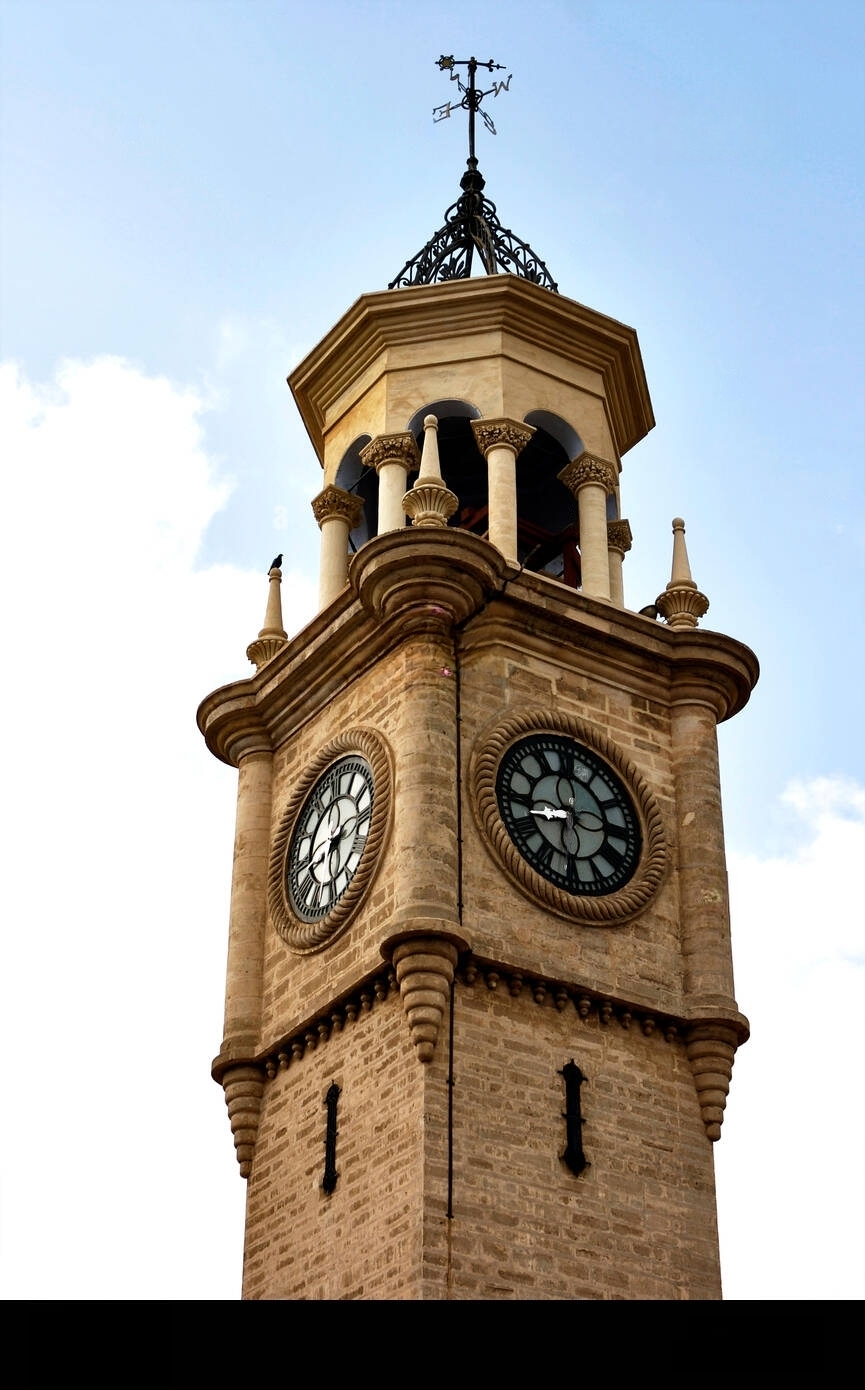
Jam Tower
A tower with a clock donated by Jam Vibhaji Ruler of Jamnagar in 1880 as a gift to the British Agency and hence is known as Jam Tower.
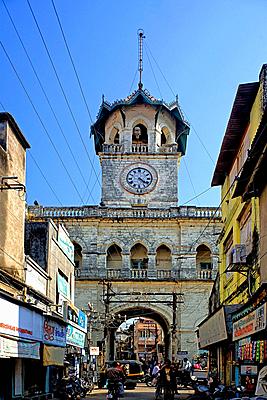
Raiya Naka Gate & Tower
In 1892, the Chief Engineer of the British Agency, Sir Robert Bell Booth, renovated Raiya Naka gate and built the present three storied clock tower
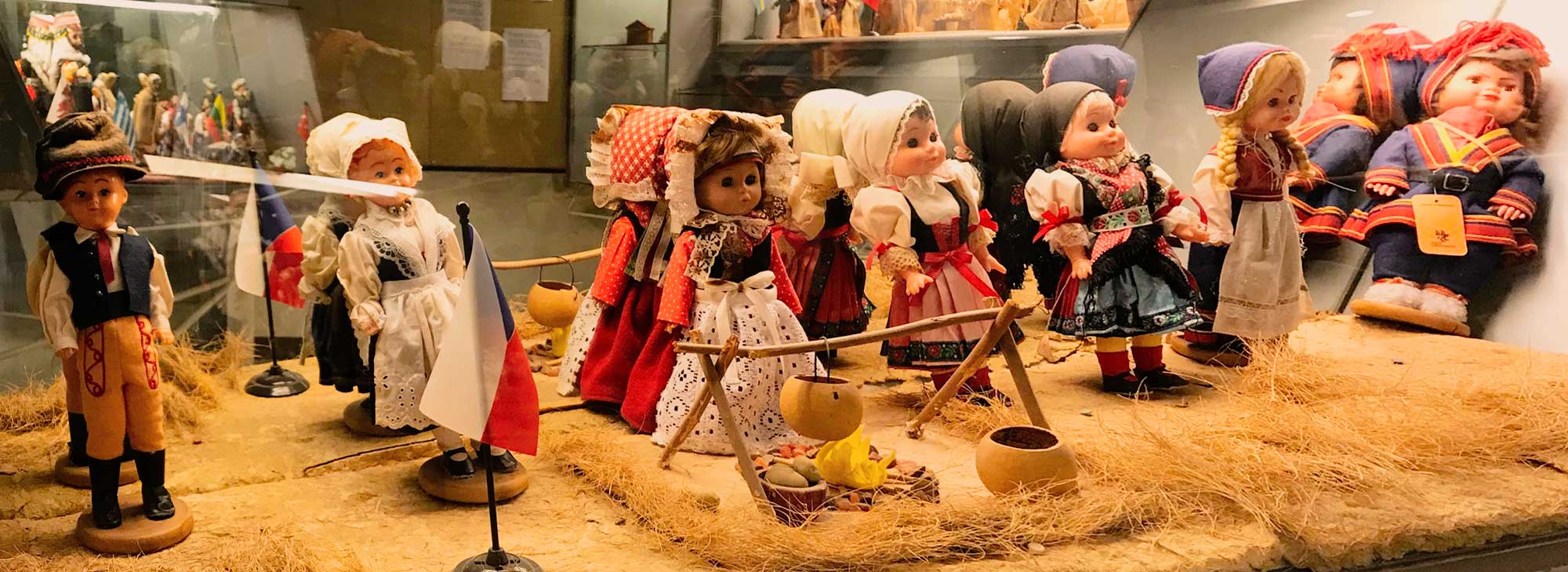
Rotary Dolls Museum
One of the popular museums of Rajkot is the Rotary Dolls Museum. This museum attracts tourists because of its own specialty and unique identity. This is the only museum in whole of India which houses more than 1500 dolls collected from hundred countries all over the world.
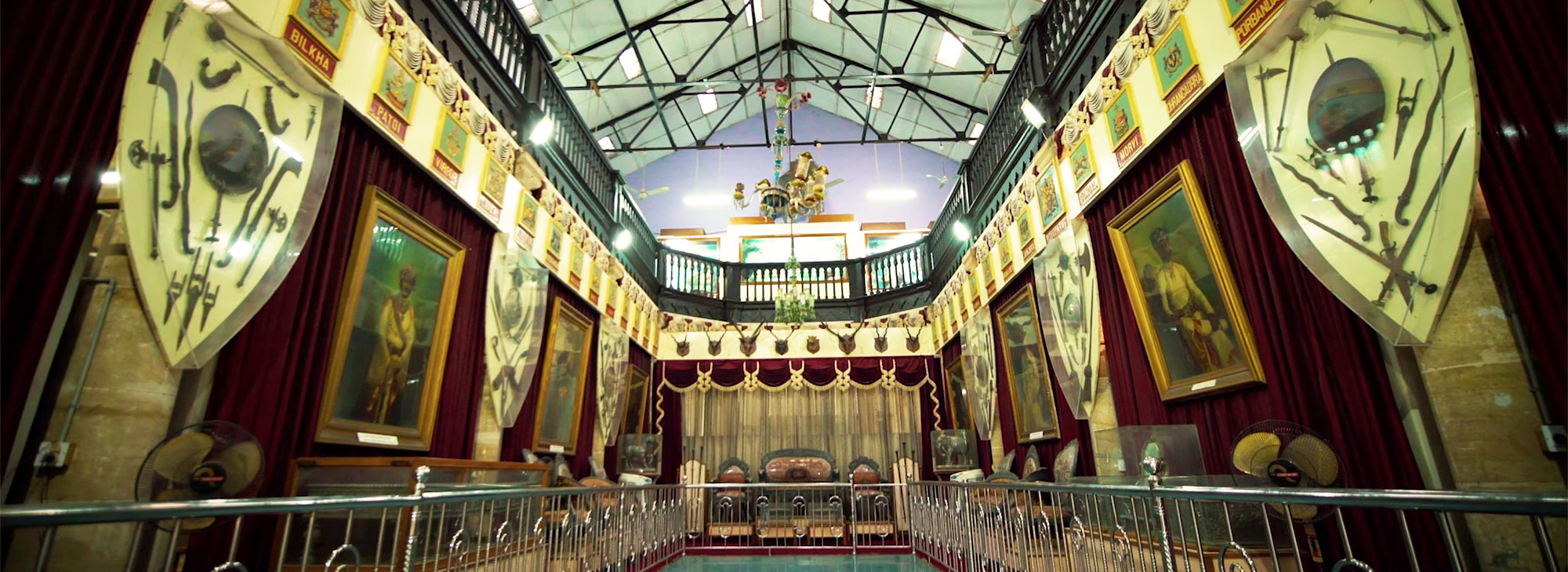
Watson Museum
The Watson Museum is situated in the Jubilee Gardens. The Watson Museum was established in 1888 and stands as a commemoration. Colonel James Watson was the political agent of Saurashtra from 1886-89. At the side of the entrance of the Watson Museum stand two statues of Majestic lions. A part of the Watson museum in Rajkot is now being used as a library. The Watson Museum has an excellent collection of traditional and archaeological items.
The exhibits put up in the Watson Museum of Rajkot comprises copies of artifacts from Mohenjodaro, temple statues, natural history exhibits, 13th-century carvings, local tribal costumes etc. A major attraction of the Watson Museum is the huge marble statue of Queen Victoria seated on the throne
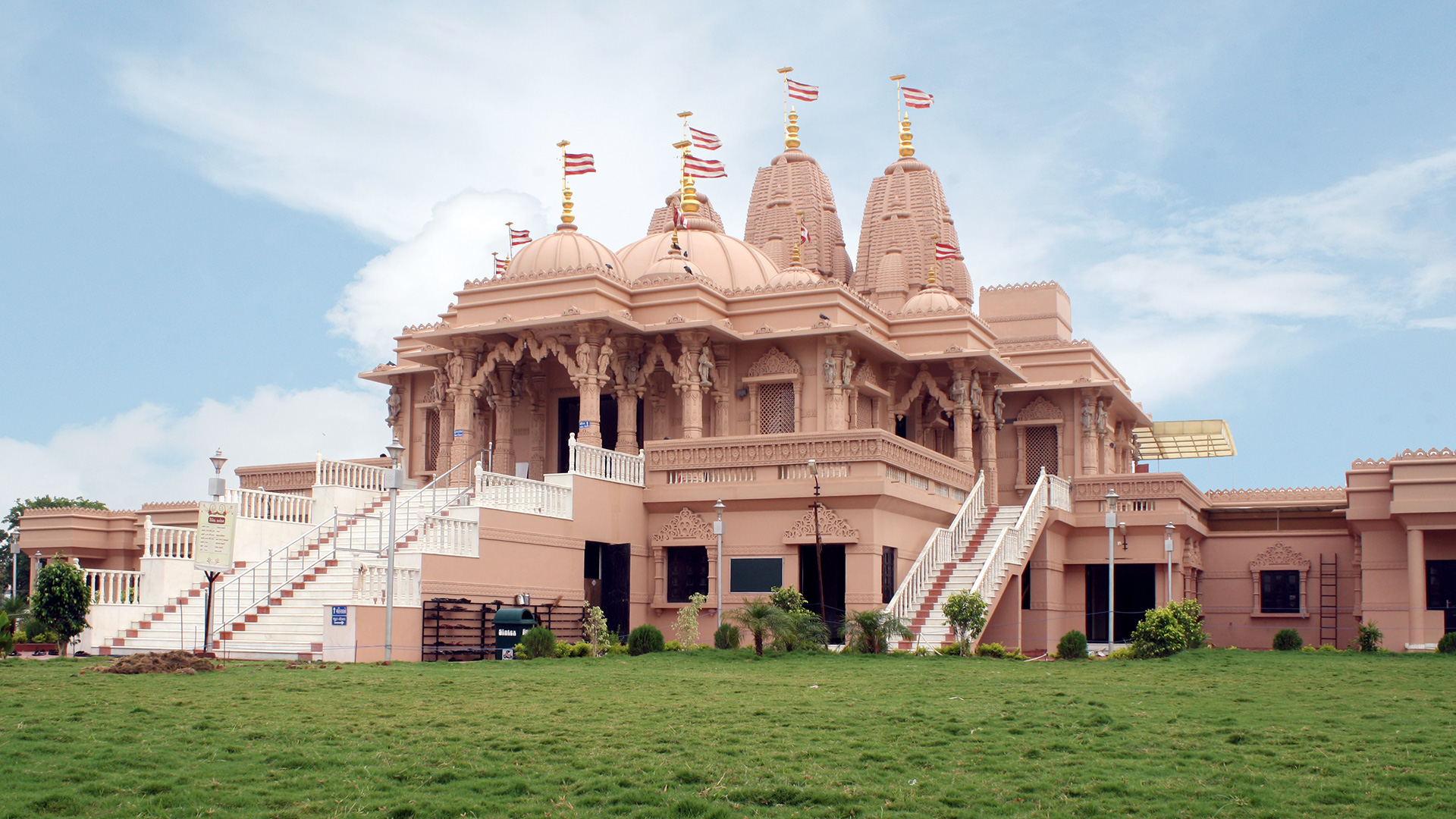
Swaminarayan Mandir
Location :Kalwad Road, Rajkot
Contact No : +91 99989 93020
Aarti Timings : 6:00 AM - Mangala Aarati
The city of Rajkot has a special link with the Swaminarayan Sampradaya, for it was in Rajkot, at the Kothi Compound, that Lord Swaminarayan met the then British Governor of Bombay, Sir John Malcolm on 26 February 1830. Many years later, Rajkot served as the base where Brahmaswarup Shastriji Maharaj stayed while studying Sanskrit under the tutelage of Jivanlal Shastri. And Rajkot was where the first historic meeting between Shastriji Maharaj and Yogiji Maharaj took place. Besides these milestones, numerous important and special landmarks and locations connect Rajkot with the Swaminarayan Sampradaya. Swaminarayan Mandir located on kalawad road is one of best temple of Rajkot.
How to Reach to Rajkot
By Air
Located just a few kilometers away from the main city, Rajkot Airport is a domestic airport connected to the main cities in India and Gujarat. Jet Airways and Air India operate their flights regularly from the RajkotAirport to Mumbai. There are periodic services to Ahmedabad and hopping service to Bhavnagar. Jet Airlines also have flights from Bangalore to Rajkot.
By Rail
Rajkot Junction connects the city to all corners of India. Various express and passenger trains are available to all destinations within and outside the state. Delhi, Mumbai, Kolkata, Chennai and all major cities are well connected with Rajkot.
By Road
Rajkot is connected to the rest of the state through the Gujarat State Highways and Gujarat State Road Transport Corporation operated buses, plying within Rajkot and other cities of Gujarat. Also there are private buses connecting the city to the other cities within the state and other states. Rajkot Municipal Corporation operates CNG fueled buses within the city




Post ReviewPraising pain was born give you a complete.